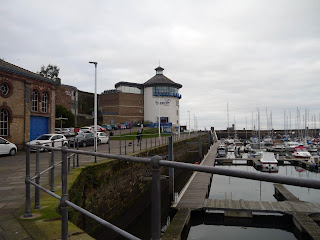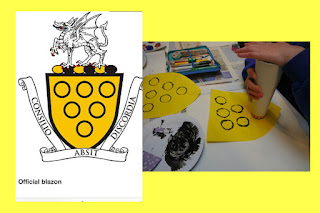Visit to the Beacon Museum, Whitehaven
On the 15th January, we joined Creative Conversations group from Prism Arts on a trip to the Beacon to learn about the Trade Triangle.
Alan from the Beacon told us about the trade triangle and especially the slave trade and Whitehaven's involvement.
We learned that between 1710 till 1769, 69 slave ships sailed from Whitehaven - which amounted to 1 - 2% sailing from Britain - in comparison 1250 sailed from Liverpool. The first leg of the trade triangle ships had set sail from European countries. From Britain they were loaded with textiles, firearms, weapons, gunpowder and metal goods to trade with dealers in West African countries.
The second leg - the middle passage - saw West Africans, kidnapped by their own kind, sold and packed onto the ships - men, women and children - for an eight week journey to the Caribbean and North America to work in the plantations. We learned that the slaves were treated appallingly - they were chained, force fed with butter beans dipped in fat and many did not survive.
 | ||
| model of ship showing how up to 300 slaves were stowed |
Slaves that survived were sold and put to work in the plantations.
The third leg - ships returned to Europe laden with rum and molasses from the Caribbean and tobacco, coffee and cotton from North America.
We learned that Sir John Lowther had developed the port of Whitehaven. In 1700 Whitehaven supplied 80% of Ireland's coal and in 1730 81,000 tons was exported leading to the expansion of the Harbour. He encouraged the manufacture of pottery and clay tobacco pipes and also shipbuilding. By this time, Whitehaven's tobacco trade was only second to London.
 |
| Model of 'King George' built in Whitehaven in 1763 |
 |
| local pottery made to wish success to a ship built at Whitehaven |







Comments
Post a Comment